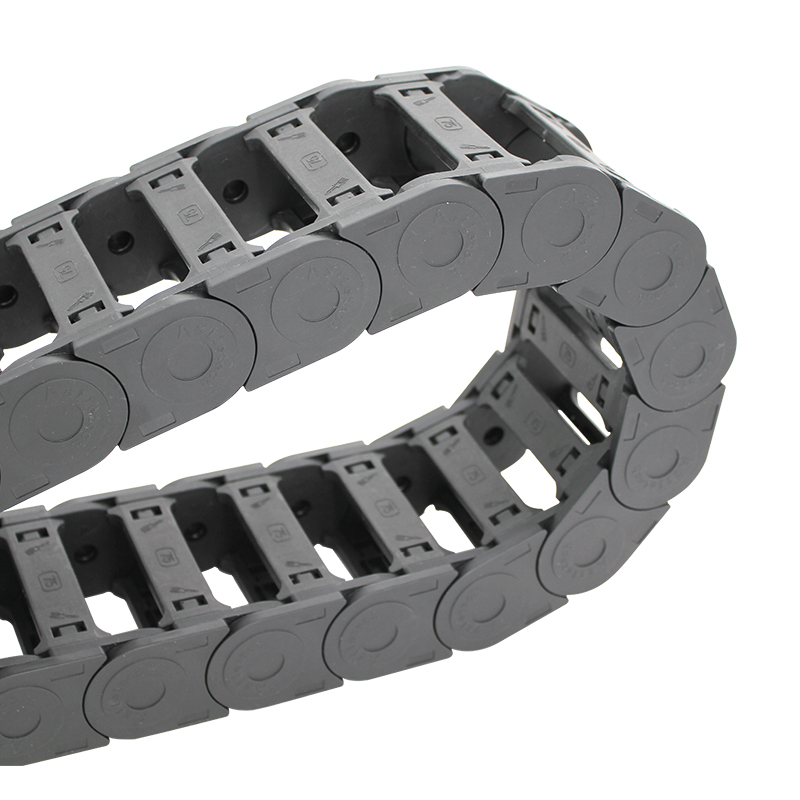Exploring the Importance of Drag Cables in Modern Technology Systems
Understanding Drag Cables Applications and Advantages
Drag cables are an essential component in various industries, particularly in the field of automation and robotics. These cables are designed to be flexible, durable, and able to withstand the repetitive motion and environmental challenges associated with dragging along a predetermined path. As automation becomes increasingly prevalent in modern manufacturing and operational processes, drag cables play a critical role in ensuring efficiency and reliability.
What are Drag Cables?
Drag cables are specialized connectors used to transfer power, data, and control signals in applications where continuous movement is required. They are commonly found in environments where machinery or equipment must operate dynamically, such as in conveyor systems, robotic arms, and automated production lines. Unlike standard cables, drag cables are engineered to handle the mechanical stress imposed by their movement. This design typically involves a combination of robust insulation materials, reinforced shielding, and flexible conductors, allowing them to endure tension, bending, and abrasion.
Applications of Drag Cables
The applications of drag cables are vast and varied, spanning several industries including manufacturing, entertainment, and logistics. Here are a few notable examples
1. Robotics In robotic systems, drag cables are pivotal in ensuring that power and signals can be transmitted effectively between stationary and moving parts. As robots perform intricate movements, drag cables enable the seamless operation of sensors, servos, and controllers.
2. Manufacturing Automation In factories, drag chains equipped with drag cables help manage the movement of machinery along production lines. These cables facilitate the consistent operation of conveyor belts, ensuring that products are efficiently transported from one station to another without interruption.
3. Theatrical and Entertainment Systems In venues that utilize automated lighting and rigging systems, drag cables help maintain continuous control over equipment that moves dynamically during performances. This contributes to the intricate choreography of staging setups.
4. Telecommunications In environments where communication systems require flexibility, such as in mobile bases or moving vehicles, drag cables assist in maintaining reliable data transfer while accommodating movement.
drag cables

Advantages of Using Drag Cables
The benefits of using drag cables extend beyond mere functionality. Here are some of the key advantages they offer
1. Durability Drag cables are constructed to withstand harsh conditions, including temperature fluctuations, exposure to moisture, and potential chemical exposure. This resilience is crucial in extending the lifespan of the cables and reducing maintenance costs.
2. Flexibility The inherent flexibility of drag cables allows them to be routed around corners, through bends, and along curvatures, maintaining their performance in dynamic applications without kinking or breaking.
3. Reduced Strain By utilizing drag chains or cable carriers, the strain on the cables is minimized. This targeted drag mechanism helps prevent wear and tear, ensuring the cables perform effectively for a longer period.
4. Space Efficiency Drag cables, particularly when housed within drag chains, can help optimize space within a system. This compact arrangement allows for better use of the operational footprint, an important consideration in space-limited environments.
5. Ease of Installation Many drag cables come with pre-installed connectors and standardized lengths, simplifying the installation process. This ease of use fosters quicker deployment in various applications.
Conclusion
In a world where automation and efficiency are paramount, drag cables represent a critical innovation enabling machinery and technology to function smoothly together. From the factory floor to the theater stage, these cables ensure that the intricate dance of mechanical systems can occur without a hitch. As industries continue to evolve and embrace automation, the role of drag cables will undoubtedly grow, becoming an even more integral part of our technologically driven environments. Understanding their importance and applications will be key for industry professionals striving to enhance operational efficiency and reliability.








